This article was originally published on Luminous Landscapes, and is being republished in full on DPReview with express permission from Terry McDonagh.
In January of last year, I was commissioned to shoot some dramatic action shots of an Olympic sailor; however, I did some image research and wasn’t overly impressed by any images I found, so I decided that a good approach would be to try and light the subject and by doing so I could afford to underexpose the available light.
This would help add to the drama, plus in doing so I would be able to get some light into the water spray coming off the boat. In order to get this shot, I needed to freeze the action using a high shutter speed and combine that with flash, so how was I going to achieve all that?
Obviously, I needed to use flash, but I knew I would be shooting at a high shutter speed, so it had to be high-speed sync (HSS). The beauty of HSS is that it allows you to shoot at a high shutter speed whilst still syncing the flash, which was unheard of a few years ago.
I decided that I would use two flashes, both for the extra power and to avoid any redundancy due to the high risk of this particular situation. I was attaching a flash to a boat which could easily capsize, and I was doing it in January when, due to it being 3°C, the batteries weren’t going to last too long. In other words: I was only getting one chance to nail this job, so I had to minimize the chances of anything going wrong.
 |
| Flashes facing Starboard |
I had used HSS before, but never remotely and not on the water, which was all a bit daunting.
To prepare, I did a bit of research on trigger systems and decided on a Phottix Laso trigger for a couple of reasons. Firstly, it would trigger my Canon 600EX-RT directly, via the built-in radio on the flash. Second, it came with a separate receiver for my Canon 580 EX-ll, which meant I could control both units remotely from one base unit. And finally, the receiver had a metal hot-shoe mount, which I wanted, as I knew that the gear was going to get bounced around out there so I wasn’t risking any plastic hot-shoe mounts.
 |
| Flying along flashes pointing to starboard |
The next part of the jigsaw puzzle was the batteries, as HSS is really hard on batteries and the faster the shutter speed, the higher the power drain. I did some more research and came across some ‘Panasonic Eneloop pro rechargeable’s’, apparently the best. I purchased a few sets of them, tested them in the cold, and found they were amazing.
Which brought me to my next major problem: waterproofing the flash units. There was a strong chance that they would be submerged if the boat capsized, and having sailed a Lazer, the boat that I would be shooting, a few times, I knew that these boats flip over very easily. To counter this issue, I developed a triple bagging system using some freezer bags.
When I submerged the flash in a bucket of water to test, it stayed watertight: Happy Days!
The trick was to place one bag over the complete unit and then mount it to the hot-shoe. Then I placed another bag over this, but upside down, and a third one over the spigot so that it was completely sealed.
 |
| Flashes bagged up and tethered. |
Then it was just a matter of pushing the spigot into the Manfrotto clamp which was attached to the boom of the boat.
 |
| Flashes pointing to port. |
I headed down to the yacht club to do a technical recce and try to attach the gear to the boat and figure out all my settings.
I settled on mounting the units upside down, firstly so that the sail would not damage them, and also because I was afraid they might rotate with any impacts, plus I reckoned there would be fewer forces on them if they were not top heavy. I used a Manfrotto super clamp as it has a secondary safety lock, so I was able to instruct Annalise how to open the clamp and rotate the speed-lights.—every time she did a tack she rotated the units so they were always facing her, and she was brilliant at doing it. Her sailing wasn’t too shabby either.
 |
| Total control |
So, I had designed a system that I could remotely fire, adjust exposure and rotate, and it was waterproof… pretty cool! Next thing was to get out there and see how it all worked.
On the day of the shoot, conditions were perfect: overcast, but with some nice contrast. I was getting a light reading of around 1/640 @ F3.2 iso 500. I underexposed by around two stops to try and get some drama into the images but without making it look too much like nighttime.
We headed out to sea about 4 km out as that’s where the wind was and I wanted little or no background buildings etc. in the images. To preserve the batteries I left the units off until we reached our destination, This proved to be a bit of a mistake as the boats were dancing around a lot, so much so that I almost fell in trying to locate the switches on both speed-lights and the receiver, and through the Ziploc bags it proved very tricky.
Luckily my very quick-witted boatman spotted this and grabbed me at the last moment, otherwise I honestly would have gone into the water with a 5DSr and a 70-200mm lens plus my phone etc. Thank god is all I can say.
We shot for approximately an hour, as that was long enough for both Annalise and me, and the batteries were getting very low on energy. I reckoned I had the images I needed in the bag.
 |
| Annalise loving the conditions. |
I was shooting on a Canon 5DSr with a 70-200mm lens. Final settings were 1/640 @F3.2 and iso160. I had considered using a faster camera but the flash wouldn’t have kept up with it so I just stuck with the higher 50MP camera, which was important as we were using the image on billboards etc. so the higher the quality the better.
The shoot worked out brilliantly. The hardest bit was trying to maintain focus on Annalise, and trying to keep the horizon level; plus, watching all the other elements meant that after an hour of this type of thing you’re pretty burnt out.
When we finished, Annalise nearly fainted when she heard that there was approximately €2k worth of gear attached to her boat. She said had she known she wouldn’t have sailed so hard! I didn’t believe that for one minute.
 |
| Wind just died, time for home. |
Based in Dublin, Terry works for leading advertising, design and architectural agencies throughout Ireland and often abroad in the areas of industry, architecture, products, people and food.
He provides a fast and reliable digital retouching and manipulation when required, and shoots live action commercials too. Feel free to contact Terry for more information.
Articles: Digital Photography Review (dpreview.com)
















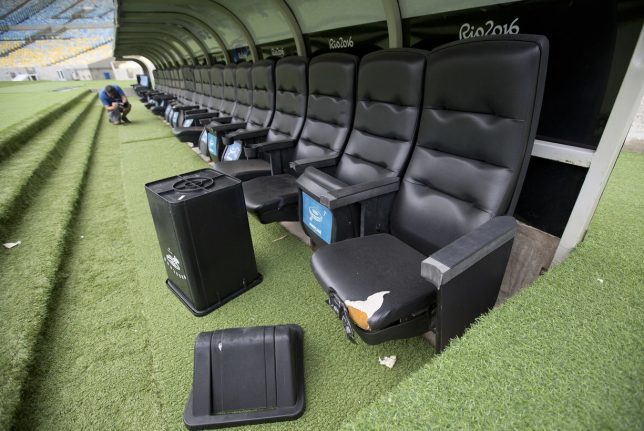
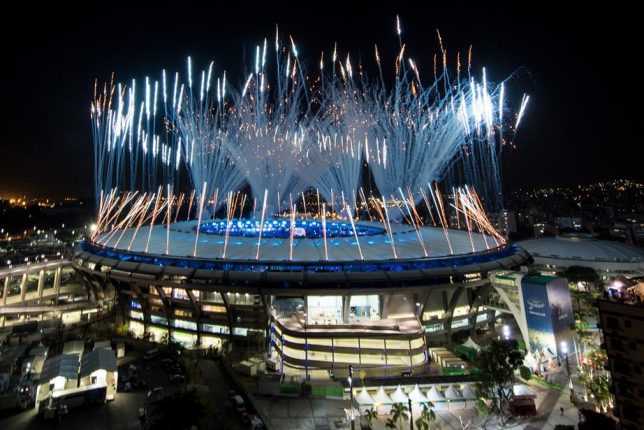
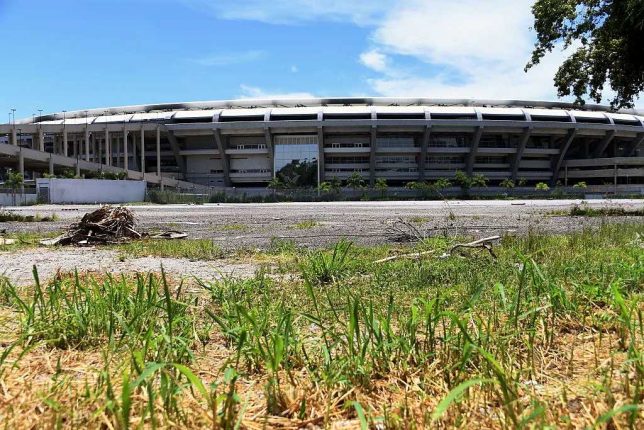
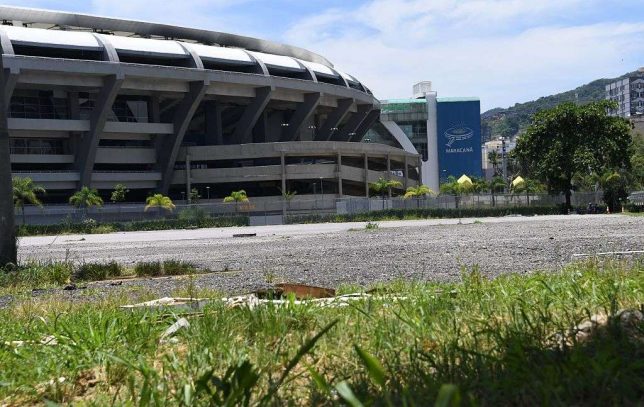
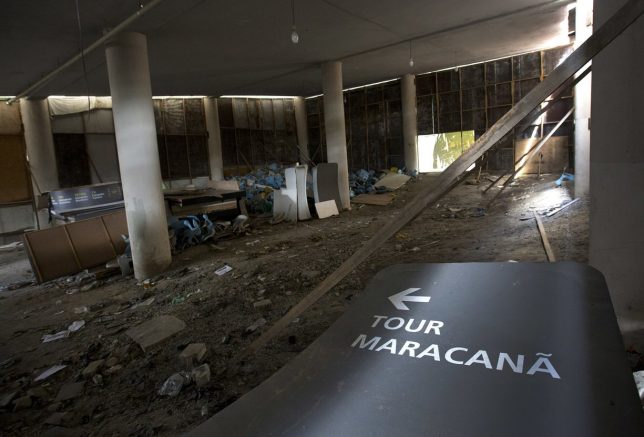
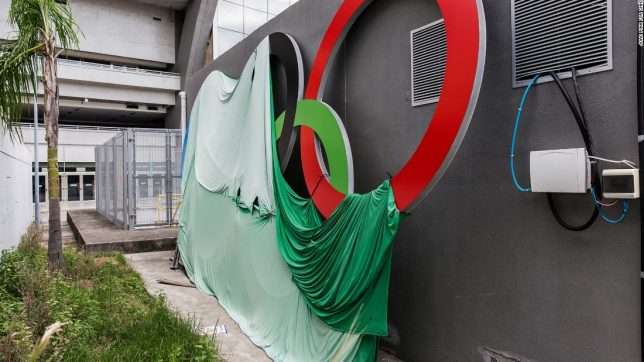
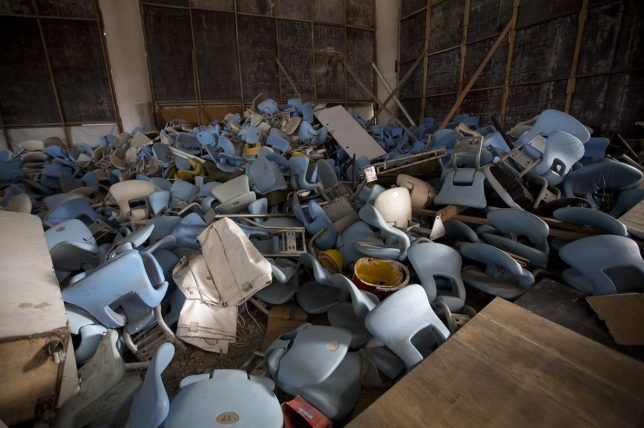

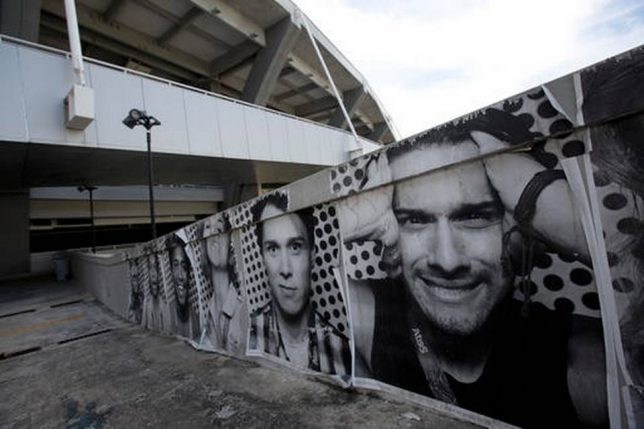

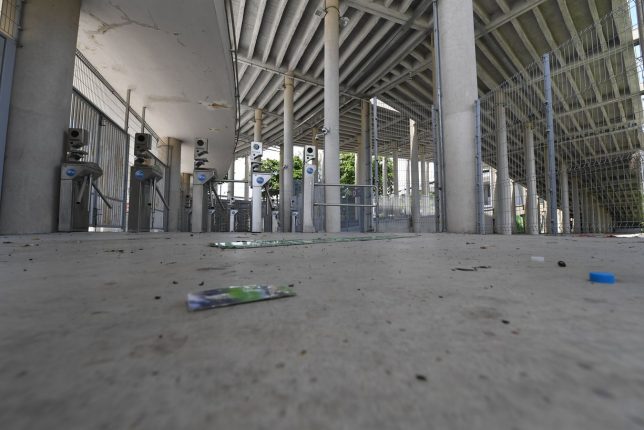




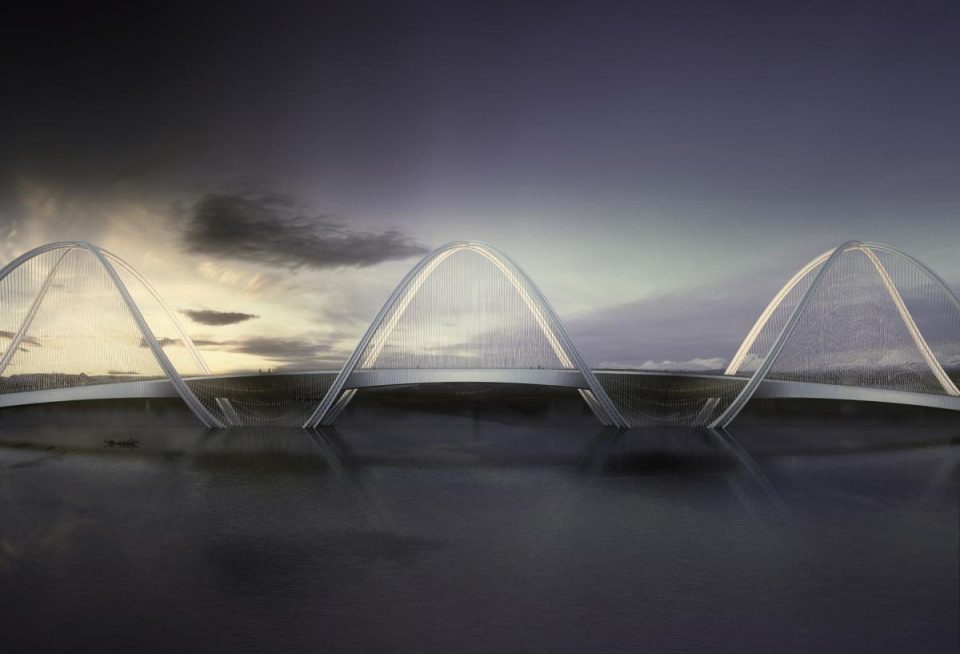

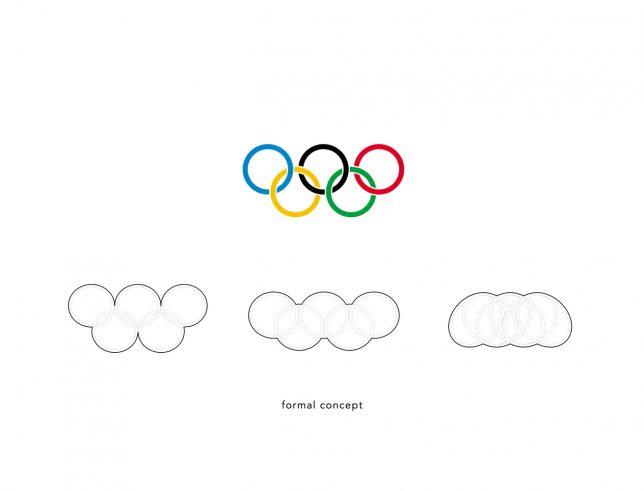
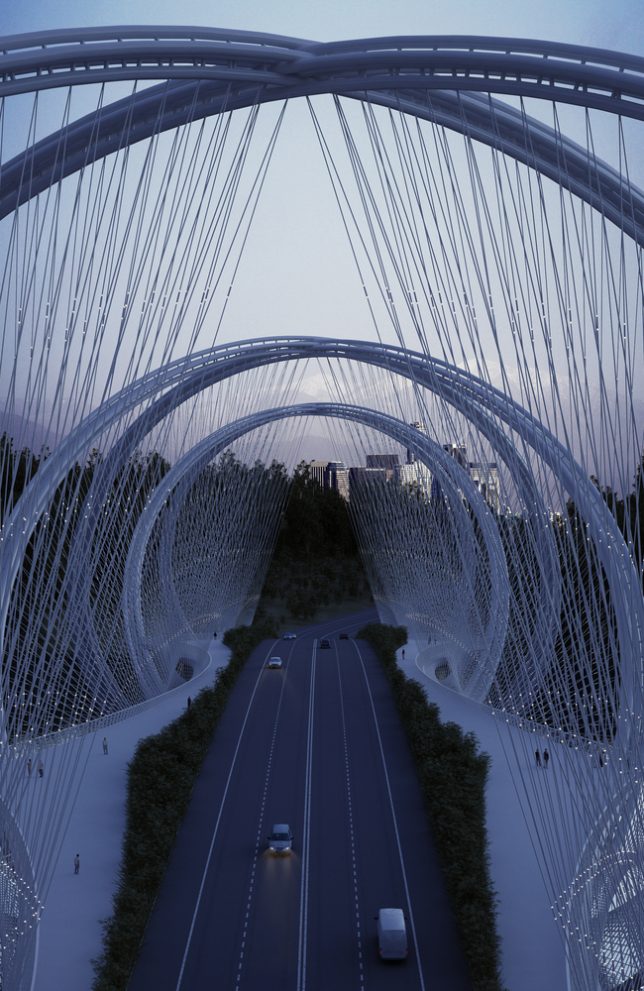
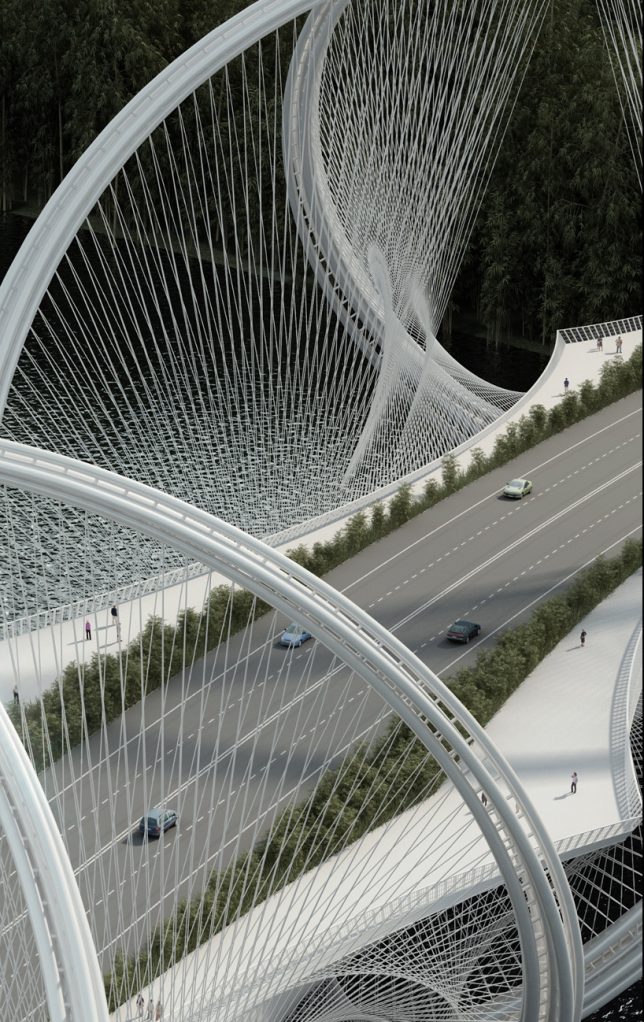
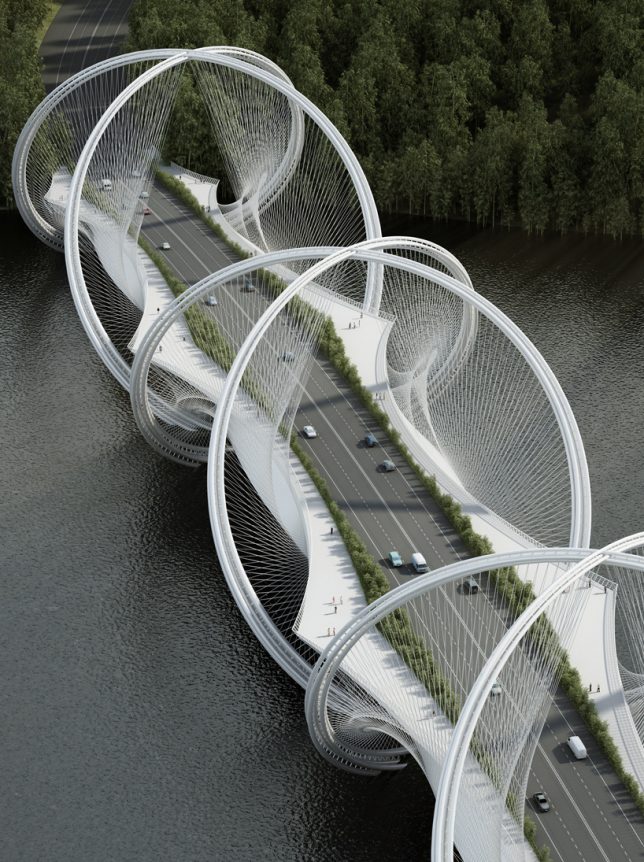
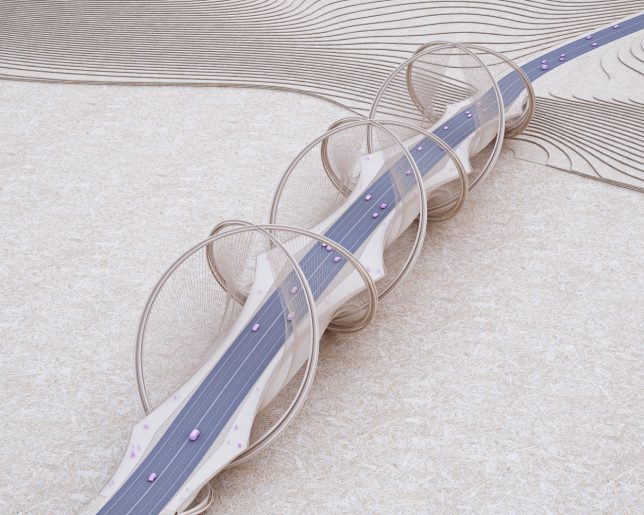
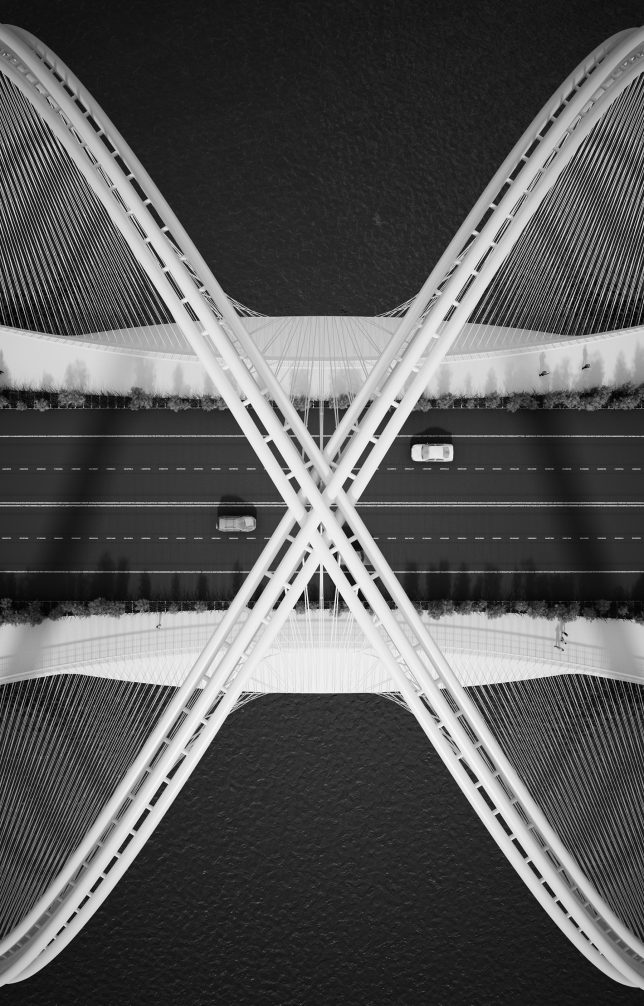



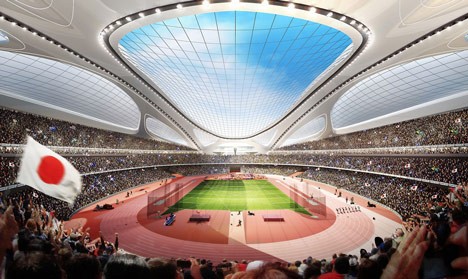
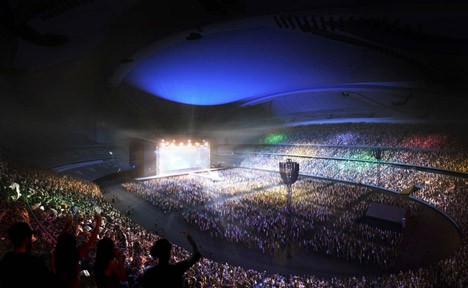

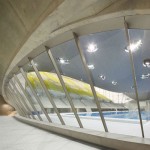





You must be logged in to post a comment.